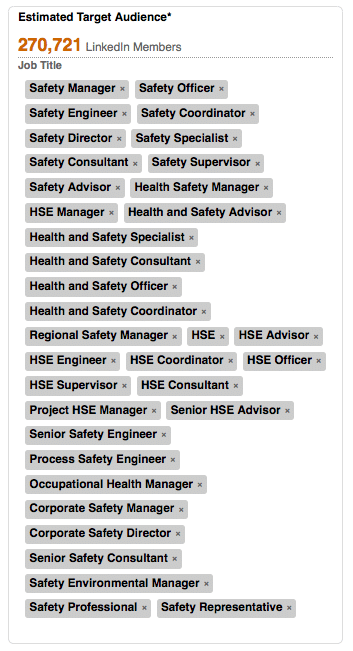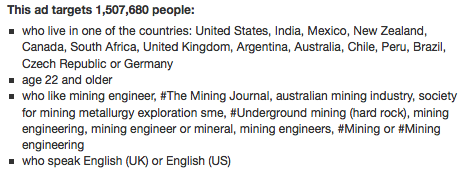Make no mistake about it: coverage resulting from media-relations efforts is a point of pride. The public relations agency proudly presents the article to their client contacts in the marketing department, who share it with the c-suite, VPs, sales reps—anyone who’ll listen. They may purchase reprints to distribute to prospective customers, hang a matted copy in the lobby, blog about it, and add it to their clip book full of articles boasting of the product’s value and/or company’s success.
Sadly for many companies, the clip’s life ends there. But what if it could be used for social lead gen? We’re not talking sharing on social—that should be a given. We’re talking about using social advertising platforms to get the article in front of potential customers, qualified through the platforms’ audience targeting options, and turning them into leads. Social ad technologies such as Facebook Page Post Ads, LinkedIn Ads and Promoted Tweets have made this possible. Read on to learn how you can leverage these platforms and capabilities to your advantage.
Say you’re in the occupational health and safety industry, and you’ve just placed a nice article in Professional Safety magazine. Congratulations! Now how would you like to extend that coverage and get it in front of 270,721 safety professionals on LinkedIn?
Yup.
Perhaps your company just placed an article comparing an old, outdated mining method to a new and highly efficient method. Wouldn’t it be great to share the published article with 1.5 million folks who like mining-engineering-related topics on Facebook, and brand your company as the primary provider of said new method?
Booyah.
Turning an organic post into an ad vastly expands your audience by allowing you to reach people who aren’t fans/followers. Unless you’ve done an outstanding job of putting the right people in your social communities (check out how to determine your community focus score), chances are a significant portion of your target audience isn’t in your first degree of friends—that’s why organic social isn’t enough. Showing these people targeted ads can be a friending method, as well as a lead-generation method.
Keep in mind, impressions are free in a CPC bidding model, which is available in Facebook and LinkedIn (Promoted Tweets are billed by engagement: retweet, reply, favorite or click). You only pay when someone clicks, and those who click are individuals you’ve qualified through the targeting and ad copy.
Ready to give it a shot? Here are a couple considerations to keep in mind.
Your goal in writing the ad copy is to get your prospects interested in reading the article. “Check out our latest article in XYZ magazine” probably won’t cut it. Use the space to hook the reader. Why should they read it? What will they learn? Why is it the most important article they will read this year? (OK, that’s hyperbole, but you get the point.)
Deciding on where to send the traffic is also an important consideration. You basically have two options: 1. Send the traffic to a landing page on your website, or 2. Send the traffic to the article on the publication’s website. If lead gen is your primary KPI, you’re better off sending the traffic to your own website for one simple reason: you control the destination page, and can include and track conversion actions such as a form completion. The disadvantage is that you’ll need the publication’s permission to post the article to your own website, which sometimes requires purchasing an electronic copy or even reprints of the article. Sure, you could rewrite the article and post on the page, but the publication’s branding adds a credibility factor to the piece.
If friending is your primary KPI, there’s nothing wrong with sending the traffic to the publication’s website. This option offers built-in credibility because the content is on a third-party site that’s likely regarded as a trusted source of news for that particular industry. You also won’t have to purchase the rights to send traffic to the pub, and this method could serve as a relationship-building tool with the publication. After all, you’re spending money to send them traffic! The downside, of course, is that you won’t be able to track leads directly.
OK, let’s review:
- Place fantastic article on subject of importance in key industry publication.
- Develop and serve social ad(s) to target audiences.
- Generate leads.
Has this method worked for you? Got any additional tips on using PR coverage for lead gen? Let us know in the comments.
photo credit: © The Power of Forever Photography – iStockphoto.com











